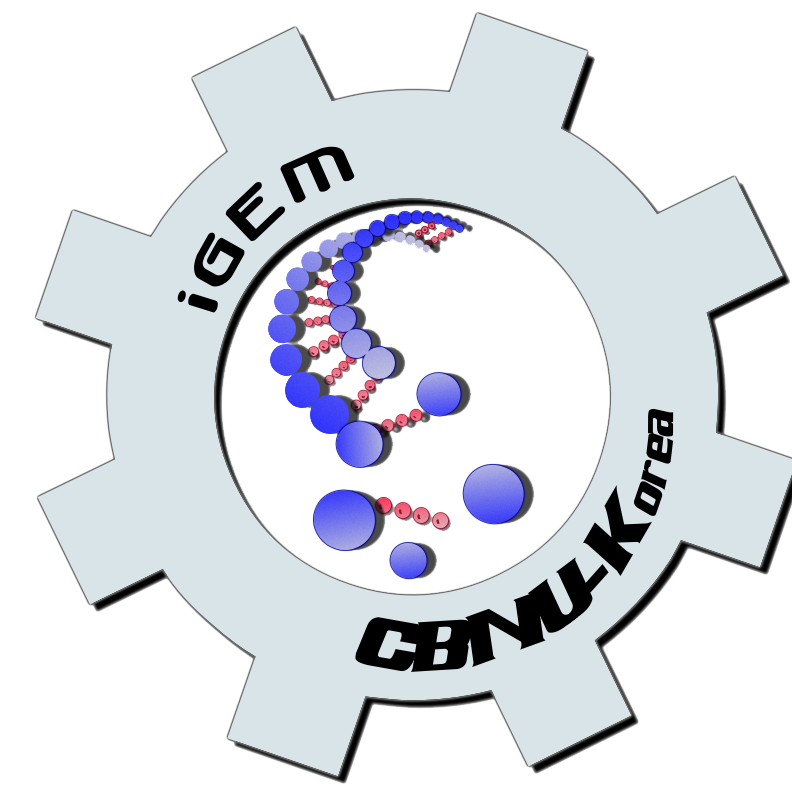Team:Lethbridge
From 2009.igem.org
| Line 1: | Line 1: | ||
<!--- The Mission, Experiments ---> | <!--- The Mission, Experiments ---> | ||
| - | {| style="color:#FC0;background-color:#006;" cellpadding="3" cellspacing="1" border="1" bordercolor="# | + | {| style="color:#FC0;background-color:#006;" cellpadding="3" cellspacing="1" border="1" bordercolor="#990" width="62%" align="center" |
!align="center"|[[Team:Lethbridge|Home]] | !align="center"|[[Team:Lethbridge|Home]] | ||
!align="center"|[[Team:Lethbridge/Team|The Team]] | !align="center"|[[Team:Lethbridge/Team|The Team]] | ||
Revision as of 17:16, 30 April 2009
| Home | The Team | The Project | Parts Submitted to the Registry | Modeling | Notebook | Meetings |
|---|
| A University Team out of Lethbridge | |
|
Our Project: BoB, Bacteria over BatteriesElectroplating is an expensive and energy intensive process; imagine if we could find a way to efficiently electroplate using nothing but sunlight and basic bacterial living requirements. This year our goal is to create a bacterial battery that uses photosynthesis to generate electricity. Our main use for this bacterial battery will be to “bio-plate” metal ions as a substitute for electro-plating, a process that is taxing to the environment. There are some sulphate-reducing bacteria that cause metals such as zinc to aggregate into nanoparticles until they fall out of solution and we intend to exploit these pathways for our project. We would like to design and compare a 3D scaffold based on bacterial micro compartments, to see if we can improve the efficiency of our battery as well. However, this is only the start. If a photosynthetic bacterial battery can be produced, there is no limit to where we can take it. After all, all you would need is carbon dioxide and water for the battery to function, and it would obviously produce oxygen as a product of photosynthesis. We’re thinking: Mars, anyone? |
 "
"

